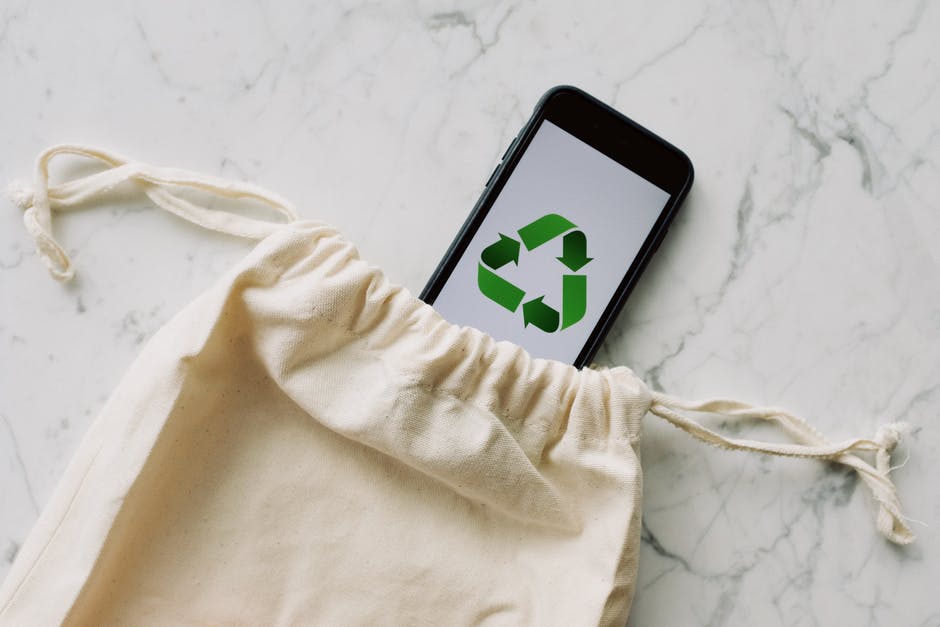Future generations will look back at our single-use-packaging obsession in disgust. There were over 82 million tons of packaging waste generated in the United States in 2018 alone. One year. One country. Let that sink in.
With these staggering statistics in mind, the industry and consumers have been shifting to accept sustainable packaging options. Implementing sustainable packaging design should be on your immediate to-do list.
So read on to learn what sustainable packaging looks like and how you can utilize it for your brand.
Sturdy Reusable Material
Companies are moving away from single-use packaging products and materials as global awareness of trash accumulation in landfills rises. One way to do this is to create reusable packaging that gets sent to the customer, then returned to the shipper free of charge.
In this closed-loop logistics circle, shipping bags or boxes will be re-used for years, cutting down on waste. A sturdy recycled material such as an old billboard makes for a very durable reusable shipping bag.
Recycled Cardboard
One key pillar of sustainable design is the use of recyclable materials. Materials such as corrugated cardboard are strong, reusable, and recyclable.
After collection at the recycling facility, recycled cardboard moves to a paper mill where it is then pulped, rolled into sheets, corrugated, and cut into market-ready pieces.
Aside from corrugated cardboard’s recyclable properties, it also is strong, versatile, and anti-microbial. Cardboard can be cut and molded to fit any shape. This one is really a home run in the world of sustainable packaging design.
Reduce Box Fillers
Box fillers are used to take up empty space in the shipping box and to protect the item during shipment.
Clever box design and choosing the right box size for shipping will result in a reduced need for box fillers. The most common box fillers are bubble wrap and plastic air pillows. Box fillers of plastic origin will take approximately 450 years to decompose in a landfill. Yikes!
If a box filler must be used, opt for a biodegradable material like brown paper. Paper will decompose within months and will not harm the environment if it doesn’t end up in the landfill.
Eco-Friendly Packaging Materials
Some people argue that plastics never biodegrade, but break down into smaller pieces of microplastic, polluting our soil. Other “eco-friendly” material such as bamboo, require a lot of water and chemical processing to prepare them for market use.
Innovative companies have recently been experimenting with alternative packaging materials. Cornstarch, mushrooms, and seaweed have all been used to create eco-friendly packaging products.
The idea behind this innovation is that when they decompose, the organic material will leave no pollutants behind.
What to Know About Sustainable Packaging Design
Sustainable packaging design revolves around several ideas based on sustainability. Choose reusable packaging for use in a closed-loop logistics circle. Or opt for packaging that can be recycled over and over. Avoid plastics and try new biodegradable materials that are safe for the environment.
Get in touch with us today to learn how we can work together to build a more sustainable shipping industry!









